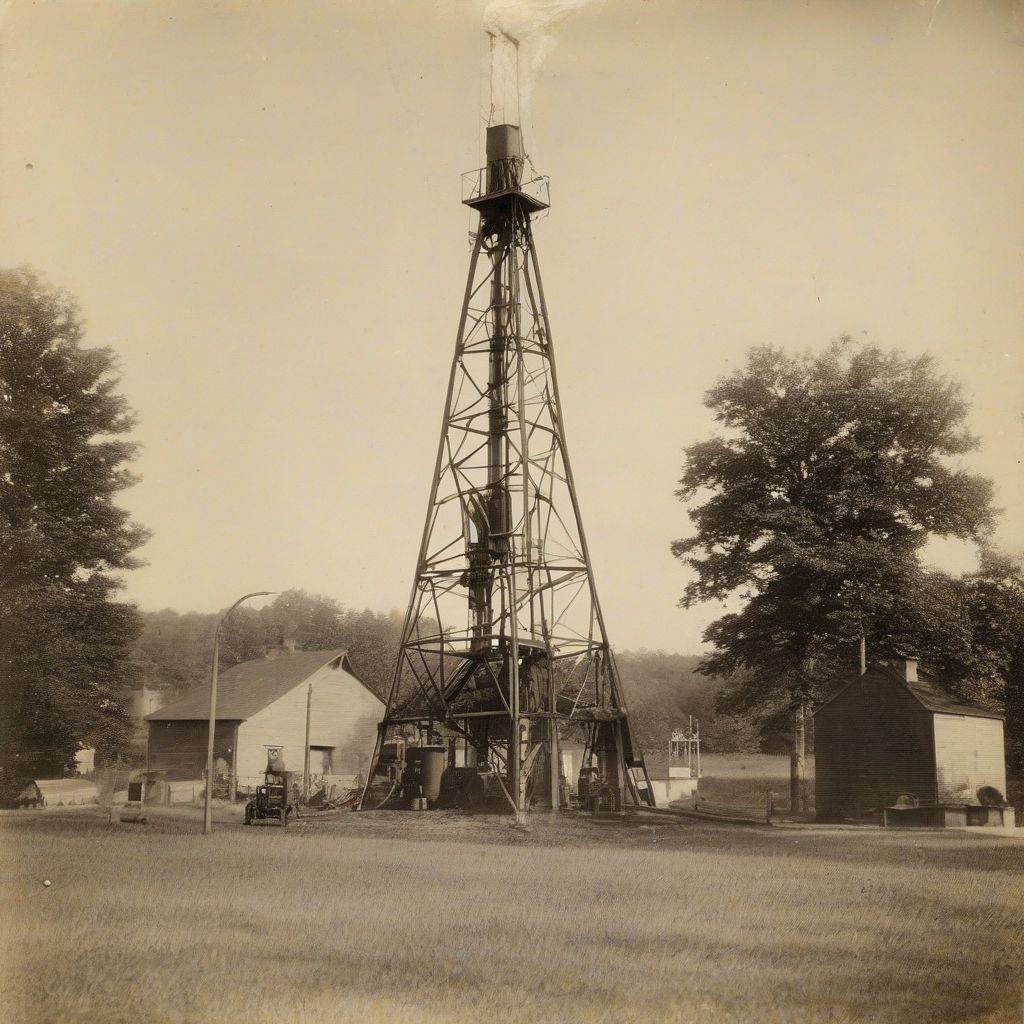Ohio Gas and Oil: A Deep Dive into the Buckeye State’s Energy Industry
Ohio has a rich history intertwined with energy production, particularly in the realm of gas and oil. From the early days of kerosene lamps fueled by Ohio crude to the modern boom in natural gas extraction, the state continues to play a pivotal role in the nation’s energy landscape. This exploration delves into the multifaceted world of Ohio Gas And Oil, examining its impact on the economy, environment, and future energy outlook.
A Legacy of Energy Production
Ohio’s journey with oil and gas began in the mid-19th century, sparking an oil boom that transformed the state into a leading energy producer. The discovery of oil in areas like Lima and Findlay fueled economic growth and technological advancement.
gas.areview.net/wp-content/uploads/2024/09/oil-derrick-ohio-countryside-66dffd.jpg" alt="Oil derrick in the Ohio countryside" width="1024" height="1024">Oil derrick in the Ohio countryside
While the initial oil boom eventually subsided, it laid the groundwork for the state’s continued involvement in energy production. Today, Ohio’s energy landscape encompasses a diverse portfolio, including natural gas, crude oil, and renewable sources.
The Shale Revolution and Ohio’s Natural Gas Boom
The advent of hydraulic fracturing (fracking) and horizontal drilling technologies ushered in a new era for Ohio’s gas and oil industry: the shale revolution. Vast reserves of natural gas trapped within the Marcellus and Utica shale formations became accessible, positioning Ohio as a major player in natural gas production.
This boom has had profound economic implications for the state:
- Job Creation: The natural gas industry supports thousands of jobs in Ohio, spanning extraction, processing, transportation, and related sectors.
- Economic Growth: Royalties, lease payments, and tax revenues from natural gas production contribute significantly to state and local economies.
- Energy Independence: Increased natural gas production reduces reliance on out-of-state energy sources, enhancing energy security.
Environmental Considerations and Sustainability
The rapid expansion of natural gas extraction has also raised concerns about its environmental impact.
Key areas of focus include:
- Water Usage and Contamination: Fracking requires large volumes of water, raising concerns about water depletion and potential contamination of groundwater resources.
- Air Quality: Methane emissions from natural gas production contribute to greenhouse gas emissions, impacting air quality and climate change.
- Seismic Activity: Wastewater disposal practices associated with fracking have been linked to an increase in seismic activity in some areas.
Addressing these environmental challenges is crucial for ensuring the long-term sustainability of Ohio’s gas and oil industry. Strict regulations, technological advancements, and responsible operating practices are paramount in mitigating risks and protecting the environment.
Ohio’s Energy Future: Balancing Economic Growth and Environmental Stewardship
Ohio faces the complex challenge of balancing economic growth with environmental responsibility in its energy sector.
Diversifying the Energy Mix
While natural gas plays a dominant role, Ohio is actively seeking to diversify its energy portfolio by promoting renewable energy sources such as:
- Wind Energy: Ohio’s rural landscapes and proximity to the Great Lakes offer significant wind energy potential.
- Solar Power: Incentive programs and declining costs are driving the adoption of solar energy for residential and commercial use.
- Biofuels: Ohio’s agricultural sector presents opportunities for biofuel production, reducing reliance on fossil fuels.
Investing in Innovation
Ohio is fostering innovation and technological advancements in the energy sector through:
- Research and Development: Universities and research institutions are at the forefront of developing cleaner and more efficient energy technologies.
- Start-up Incubation: Support for energy-focused start-ups is driving innovation and entrepreneurship in the state.
- Workforce Development: Training programs are equipping Ohioans with the skills needed for jobs in the evolving energy industry.
Conclusion
Ohio’s long and storied relationship with gas and oil continues to shape its economy and energy landscape. The state stands at a crossroads, navigating the opportunities presented by abundant natural gas resources while addressing the environmental challenges associated with their extraction. By embracing innovation, diversifying its energy portfolio, and prioritizing environmental stewardship, Ohio can ensure a sustainable and prosperous energy future for generations to come.
